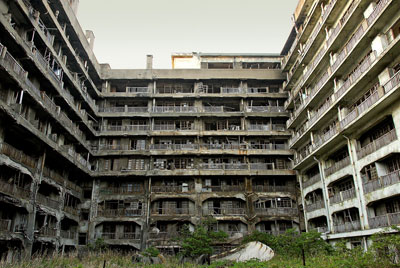
The Brown Mountain Lights are a mystery that has intrigued as well as bewildered people for hundreds of years.
Witnesses never quite see the same thing. Some may see one or two lights while others see the mountain twinkle like a Christmas tree.
Some reports claim to see glowing balls of light that seem to move while others see the lights slowly dimming.
Researching the Brown Mountain Lights can be compared to driving through western North Carolina — the roads are winding and a simple turn can take you off in a whole new direction.
The lights have been tied to legends of Indian ghosts, lost love and tortured souls through the years. Now events are linked to stories concerning underground bases, UFOs and even alien abduction.
Paranormal investigator Joshua P. Warren became interested as a teenager and has spent 20 years studying the lights.
Warren, who is based in Asheville, is an internationally known author, lecturer and researcher. He has appeared on networks such as National Geographic Channel, History Channel, Discovery Channel, Travel Channel, SyFy, Animal Planet and TLC. He is also a frequent contributor to the “Coast to Coast AM” radio show.
“The lights are a phenomenon where so many different people bring their own backgrounds to the subject,” said Warren. “If you talk to a physicist, he will talk about plasma; talk to an astronomer and he will talk about optical illusions; talk to a chemist and he will discuss gasses.”
The U.S Geological Survey has studied the mountain twice. The earliest in 1913 when the explanation was that the lights were locomotive headlights from Catawba Valley. The researcher didn’t realize that the railroad tracks had been washed out by a flood a year earlier.
Another explanation is that the lights are refractions caused by the different temperatures of air masses around the mountain. Basically, it means the lights are from local towns and are reflecting off the mountain. But this provides no reasoning as to how the lights were produced hundreds of years ago when there was no electricity.
Through his studies and investigations, Warren has developed his own theory to explain the lights.
“If you walk around the mountain you will find tunnels and holes and you can see water rushing through them. I think the water rushing through builds up an electrical charge on layers of rock that are basically conductors and non-conductors, and when you layer these, you form a condenser that stores charges till a critical point and then discharges,” said Warren.
“When night comes the mountain condenses when the temperature drops. The mountain is encircled by thrust faults and the mountain contracts. Fall, when the lights are mostly seen, is significant because of the biggest differential in daytime and nighttime temperatures.”
“As the air cools the mountain contracts and squeezes these layers together and they begin to discharge. Now you have a power supply, but the mystery becomes to why it appears as balls of light.
“Based upon experiments in the lab, we feel it is because that numerous discharges sometimes intersect at different angles and it is the point of intersection that becomes visible. So it is not a ball but the only visible portion of a larger electrostatic interaction that is taking place.”
Warren and his team of investigators describe the energy produced as a type of natural plasma. The team was able to simulate conditions in its laboratory and reproduce a self-contained plasma form similar to that of the Brown Mountain Lights.
Looking for an explanation of the lights can lead you down side roads that bring up other strangeness surrounding the mountain. Ralph Lael was a local businessman in Morganton during the ’60s. He claimed that he was abducted by aliens on numerous occasions.
The Brown Mountain Overlook is located north of Morganton on Highway 181 at mile marker 20.
While a trip does not guarantee the lights will appear, the fall season is one of the more popular times for an appearance.
Source: Timesnews
Originally posted 2013-10-12 20:20:28. Republished by Blog Post Promoter

![he-Brown-Mountain-Lights[1]](https://coolinterestingnews.com/wp-content/uploads/2013/10/he-brown-mountain-lights1.jpg)











